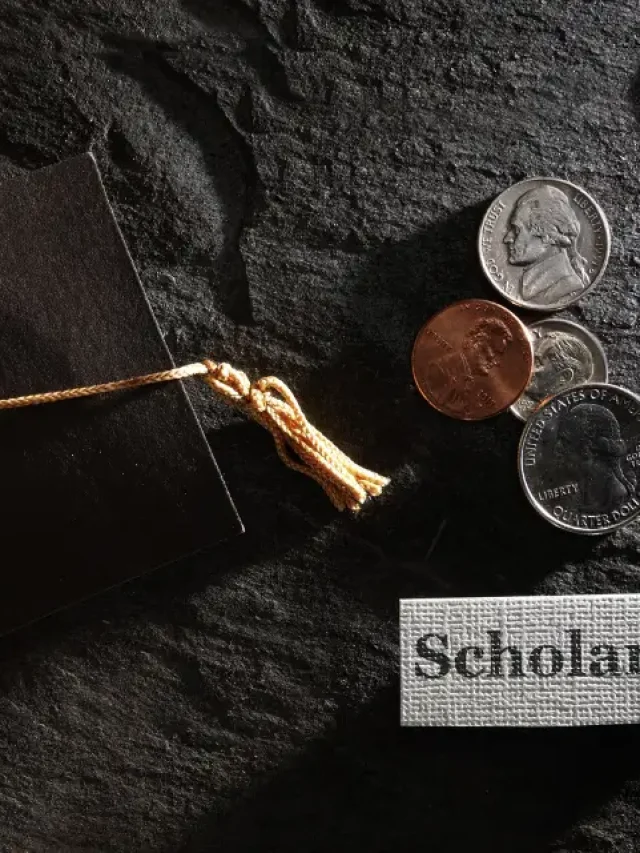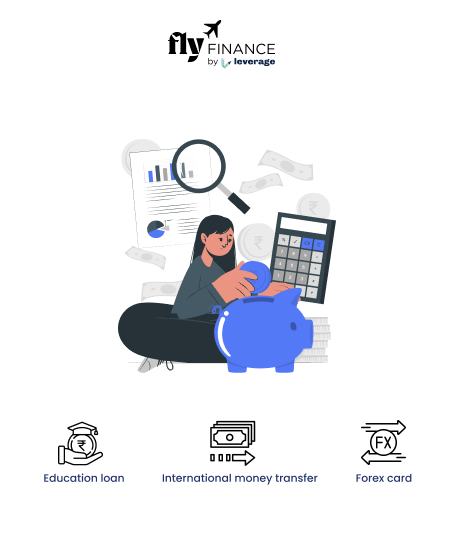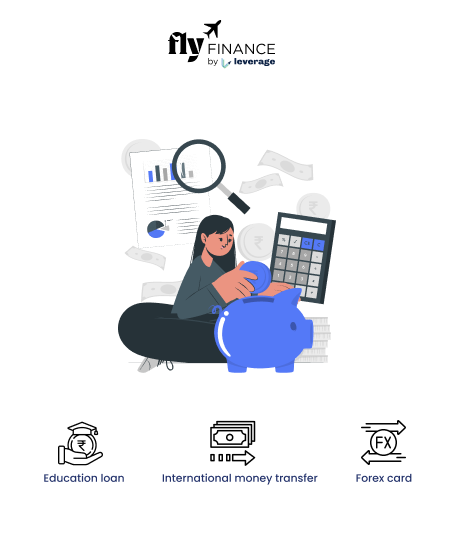The RBI guidelines on collateral-free education loans help students secure financial support without unnecessary hurdles. The Reserve Bank of India (RBI) ensures that banks follow fair practices, making education loans accessible to all. To regulate this, banks follow the Model Education Loan Scheme (MELS) set by the Indian Banks’ Association (IBA).
If you plan to apply for an education loan, knowing the RBI guidelines on collateral-free education loans is essential. These rules define loan eligibility, collateral requirements, and student rights, ensuring a smooth loan approval process.
Table of contents
- What are the RBI Guidelines on Collateral Free Education Loans?
- Latest RBI Guidelines on Unsecured Education Loans
- RBI Guidelines for Interest Rate on Unsecured Education Loan
- Benefits of Collateral-Free Education Loans
- Limitations of Collateral-Free Education Loans
- Alternatives to Collateral-Free Education Loans
- FAQs on RBI Guidelines on Collateral Free Education Loans
What are the RBI Guidelines on Collateral Free Education Loans?
The Reserve Bank of India is the central bank of the country. It is a regulatory body that is responsible for the regulation of the Indian banking system. All the RBI-regulated entities providing education loans to the students work as per the guidelines set by RBI.
All the banks are required to follow the Model Education Loan Scheme formulated by the IBA (Indian Banks’ Association). You must be informed while applying for unsecured education loans. Check more details below:
RBI Guidelines on Collateral-Free Education Loans
1. Education Loans Up to INR 4 Lakh
- No collateral or security is required.
- The loan can be availed without a guarantor.
2. Education Loans Between INR 4 Lakh and INR 7.5 Lakh
- A third-party guarantor is mandatory.
3. Education Loans Above INR 7.5 Lakh
- Tangible collateral is required.
- The collateral can be immovable property, fixed deposits, or other eligible assets.
Also Read: Applying for an education loan to study abroad? Read this blog and know the latest guidelines issued by RBI on credit report
Latest RBI Guidelines on Unsecured Education Loans
All the scheduled commercial banks regulated by RBI are directed to provide education loans as per the Model Education Loan Scheme formulated by the Indian Banks’ Association. The IBA keep revising the MELS from time to time and the last revision was made in 2022.
Hence, as of now, all the scheduled commercial banks are following the Model Education Loan Scheme 2022. Check the latest guidelines on unsecured loans by RBI as per the MELS 2022:
- No collateral or guarantor is required for loans up to INR 4 lakh for studies in India or abroad.
- Banks cannot reject an education loan application based on the borrower’s residence location.
- Students can file a complaint if a bank denies a loan application due to location issues.
- If the bank does not respond within one month, students can escalate the issue under the RBI Ombudsman Scheme.
- No margin is required for loans up to INR 4 lakh. For higher amounts, the margin is:
– 5% for studies in India
– 15% for studies abroad
Also Read: Credit report showing DPD mark? Check out this blog and know what is Dues Past Day in CIBIL Report
RBI Guidelines for Interest Rate on Unsecured Education Loan
RBI has deregulated interest rates on education loans, allowing banks to determine rates internally. However, banks must comply with the following regulatory guidelines:
- Interest rates should be based on the base rate and the spread.
- Banks can offer fixed or floating interest rates.
- Interest rates on floating loans must be linked to an internal benchmark rate.
Benefits of Collateral-Free Education Loans
The RBI guidelines on collateral-free education loans make it easier for students to finance their education without the stress of pledging assets. Here are some key benefits:
- More accessible for students from low-income backgrounds – Students who lack assets for security can still access an education loan without collateral.
- No risk of losing personal assets – Since no collateral is required, students and their families do not have to pledge property or other valuables.
- Faster loan approval process – Without the need for collateral evaluation, banks process and approve loans more quickly.
Limitations of Collateral-Free Education Loans
While an education loan without collateral offers many benefits, it also comes with certain limitations:
Loan amount restrictions – Collateral-free loans usually have a maximum limit (typically INR 7.5 lakh), which may not cover all expenses for studying abroad.
Higher interest rates – Banks charge higher interest on unsecured loans due to the increased risk.
Stricter eligibility criteria – Banks may require a strong academic record, a reliable co-applicant, or a stable income source to approve the loan.
Alternatives to Collateral-Free Education Loans
If you do not qualify for an education loan without collateral, here are some alternative financial options:
- Income-share agreements – Some private institutions offer funding in exchange for a percentage of future earnings.
- Government education loan schemes – Programs like the Vidya Lakshmi Portal offer student-friendly loans with government support.
- Scholarships and grants – Many universities and government bodies provide scholarships that can reduce dependency on loans.
Understanding RBI guidelines on education loans is crucial before applying for financial assistance. If you are applying for an unsecured education loan, make sure to check the latest MELS regulations. Always compare different banks, verify interest rates, and be aware of your rights in case of loan rejection.
FAQs on RBI Guidelines on Collateral Free Education Loans
According to RBI guidelines, you can obtain a collateral-free education loan up to INR 4 lakhs for domestic studies and up to INR 7.5 lakhs for studies abroad, provided you have a guarantor.
No. As of now, the Model Education Loan Scheme, 2022 (MELS) is applicable only to the scheduled commercial banks regulated by the Reserve Bank of India. As the scheme is formulated by the Indian Banks’ Association (IBA), it is currently not applicable to private banks, NBFCs and other financial institutions.
If the bank is not approving your education loan despite fulfilling all the eligibility criteria, you must file a complaint on the bank’s portal. If you do not receive any response from the bank within one month or the response is not satisfactory, you can file a complaint with RBI Ombudsman.
The interest rate on education loans to study abroad depends upon various factors such as loan amount, repayment period, net monthly income of applicant etc. Usually, the bank charges interest rates ranging from 8% to 16%.
Yes. Most of the public sector banks in India offer collateral-free education loans up to INR 7.5 lakhs. However, you must have a guarantor for you in order to get the loan approved as any amount above INR 4 lakhs to INR 7.5 lakhs will require a guarantor.
Yes, as per RBI guidelines, you can get collateral-free education loans for diploma courses as long as the loan amount does not exceed INR 4 lakhs.
Yes, applicants must be at least 18 years old to qualify for collateral-free education loans as per RBI guidelines.
To know more about the loan application process, the best bank accounts for students, forex and banking experience for global students or international money transfers, reach out to our experts at 1800572126 to help ease your study abroad experience.
| Related Blogs |
| Education Loan Payback Time |
| Pravasandhra Bharosa Bima Scheme |
| Minimum Family Income Required for Education Loan |
Follow Us on Social Media





























